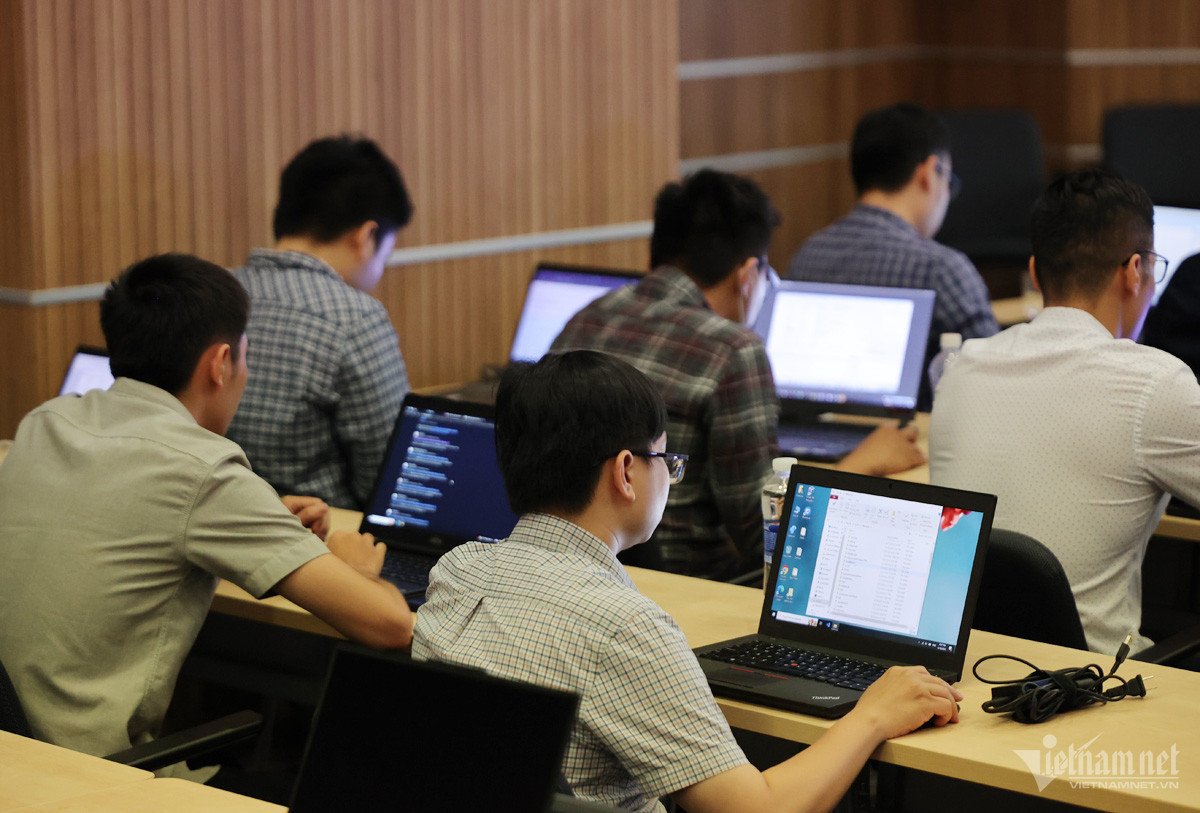
The national digital transformation program approved by the Prime Minister in 2020 says that ensuring cybersecurity is the key factor to ensure success and sustainability of digital transformation. It also said this is an inseparable part of digital transformation.
In August 2022, the national strategy on ensuring cybersecurity and safety by 2025, with a vision towards 2030 was released, which affirmed the importance of cybersecurity in digital transformation, and the development of digital government, economy and society.
According to Deputy Director of PTIT Tran Quang Anh, there are four major cyberattack trends. Today's attackers are not separate groups and individuals but are dangerous and well-organized attack groups.
Citing well-known hacker groups such as 1937cn, APT30, Mofang and Double dragon, Anh said the groups are well organized and disciplined. They are even believed to be backed by governmental organizations. They have powerful financial, technical, and intelligence resources to carry out attacks associated with the goals of governmental organizations, national interests such as security, economic and cultural interests.
The second trend, according to PTIT, is that hackers have high qualifications. They are well trained in information security. They master all principles, from network protocols to operating systems, or apps on many different platforms.
They also master attack measures, from collecting information of targeted subjects via social networks and civil IoT (Internet of Things) devices, to selecting tools for attacks, installing malware, and setting up operating channels, as well as hiding themselves to avoid discovery.
With their capability, qualifications and powerful support, groups of hackers have developed attacking tools of their own, as well as new attacking methods, making it difficult for police to detect them.
In addition to using the power of Artificial Intelligence (AI) to carry out cyberattacks, hackers exploit civil IoT devices such as cameras, mobile devices and smart home devices to carry out attacks.
Anh has suggested three major solutions.
First, it is necessary to set reasonable policies to improve the qualifications and capacity of officers as well as raise the awareness of end users.
Second, developing platforms and core technologies for ensuring information safety is also an important solution. There are five information security technology platforms that need to be mastered well, including cryptography; vulnerability database; national network security monitoring system; the national firewall system capable of control, detection and prevention; and AI technology.
Third, there should be policies to encourage and support Make in Vietnam products.
Van Anh